Guigna Facts
Common Name: Guigna
Kingdom: Animalia
Phylum: Chordata (Vertebrata)
Class: Mammalia
Order: Carnivora
Family: Felidae
Genus: Felinae (Oncifelis)
Species: guigna
Photo By Dr. Gerardo Acosta J.Chilean Veterinarian and Master in Science
Misc.: Description and behaviour: The guigna (pronounced gwee-nya) is the smallest of the felids in the Americas and weighs 2.2 kg. It is a brownish coloured cat with a heavily spotted coat. It is very similar to the Geoffroy Cat in appearance and some even believe it to be a subspecies. It does have a fuller tail and smaller face than the Geoffroy and like the Geoffroy can be either spotted or melanistic.
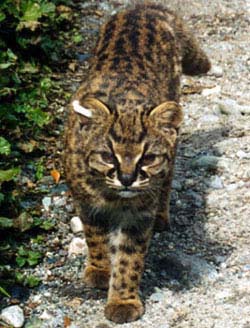
Habitat and Distribution: It is native to only Argentina and Chile and has well developed arboreal abilities.
Litter Size: 3 or four kittens.
Longevity: up to 11 years.
Protection Status: CITES Appendix II. Fully protected in Argentina and Chile although it is estimated that up to 20 cats per day are killed in these countries by farmers protecting their chickens.
Felid TAG recommendation: (Oncifelis guigna). Another little known cat from Chile (primarily), the guigna has only been maintained by range-country zoos. The TAG does not support efforts to import specimens to North America, even if available.
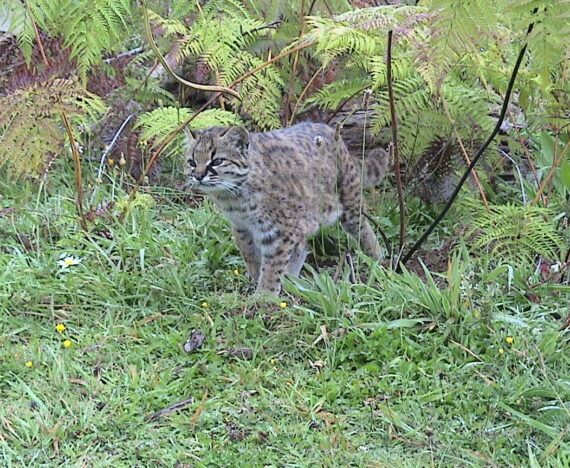
For the ultimate information on the Guigna ask Jim Sanderson, Ph.D.
Center for Applied Biodiversity Science Conservation International 1919 M Street, NW, Suite 500 Washington, DC 20036-3521 USA 202 912-1803 FAX: 202 912-0772
Photo at right by Dr. Gerardo Acosta J.
Encargado Fauna Silvestre
Conaf VIII Región
Claudio Arrau 738
Casilla 5, Chillán
CHILE
Fono/Fax (5642)221085
Fono (5642)226009
(5642)213007
gacosta@conaf.cl
See Conservation Work Funded By Big Cat Rescue here:
2023 Saving the Guigna in San Vicente de Tagua Tagua
Project goal is saving the smallest cat of South America the Güiña from drought in central Chile (San Vicente de Tagua Tagua). Objectives are: 1. Install camera traps for monitoring the paths that the Güiña uses frequently and choose the best spots to place the water. 2. Install water drinkers in areas where the target species is a frequent visitor. 3. Design and print educational material of free distribution for the local community to learn about the importance of our wildlife. Most of the funds would be spent on camera trapping costs. The drinkers are supplied from a hose that is connected to a cistern filled by a stream 1/4 mile up the mountain. Several drinkers are filled from the same catchment. The drinkers hold water without overflowing but refill when the water level drops from the cats drinking it. Having these drinkers strategically located significantly reduces roadkill because the cats do not need to cross roads to find water. Click Guigna San Vicente Chile on the map to see the video.
2023 Saving Guigna Using Dog / Human Sounds
One of the biggest challenges to wild cats is conflict with resident human populations, particularly when the cats prey on livestock. This project aims to test a device which plays dog and human sounds as an auditory repellent to deter guigna from approaching backyard poultry. Specifically, each auditory device connected to a trail camera in video mode will be placed in a sampling station with available food. Guignas approaching the station will be faced with human, dog and control sounds and their behavior will be recorded during 30 seconds. In order to understand if specific sounds increase risk perception of guignas, the researchers will measure the following behaviors: visitation rate, flight response (goes away), time spent on vigilance and foraging while recorded at the station. They will analyze changes in the risk perception of guignas comparing the different sounds. If proven successful, this method will be a new low-cost effective non-lethal technique to reduce human-carnivore conflicts, applied specifically for guigna conservation.
All conservation insitu work: https://bigcatrescue.org/insitu/



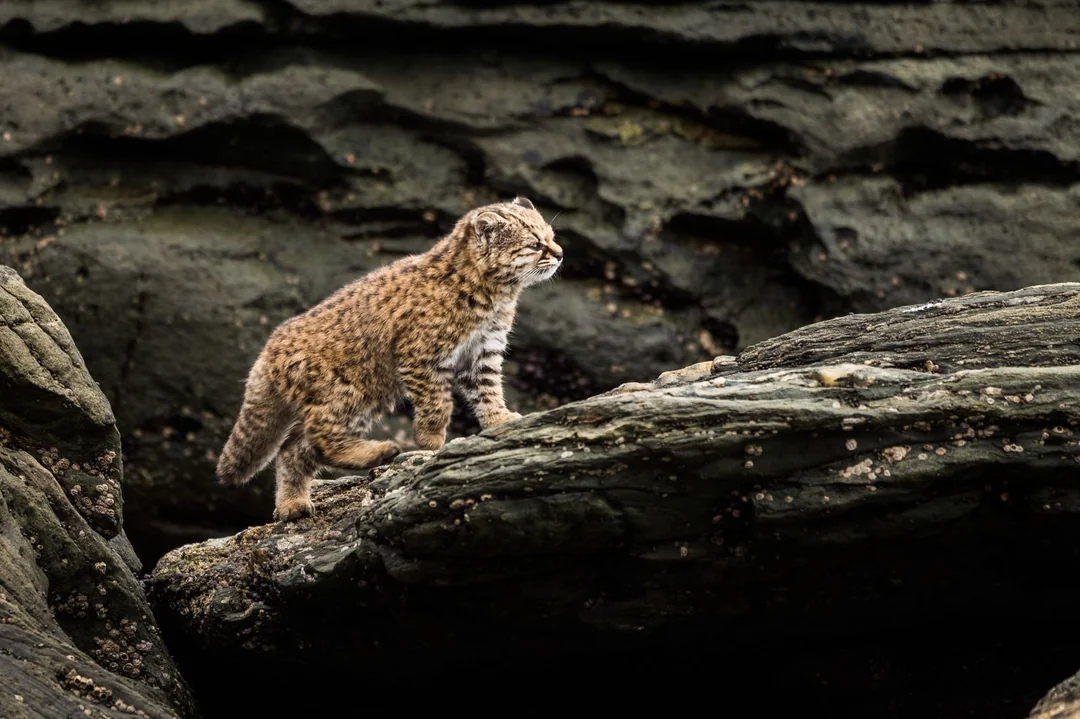
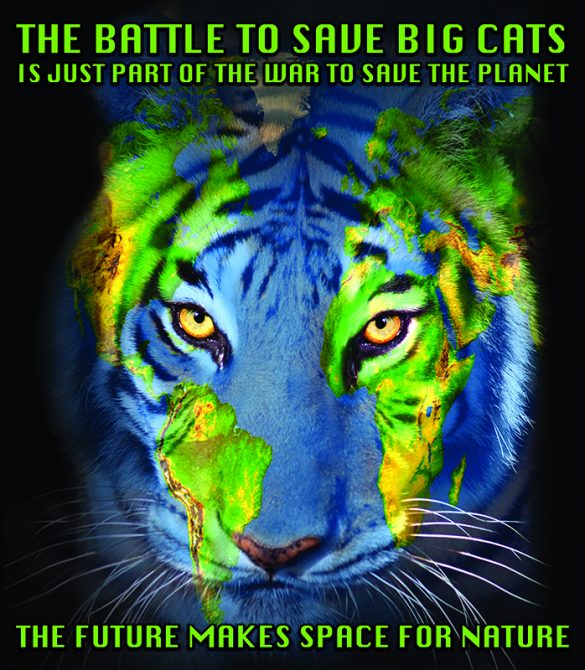
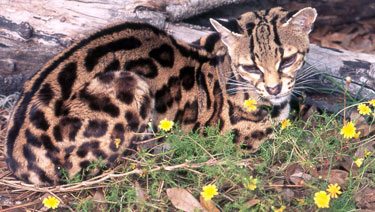
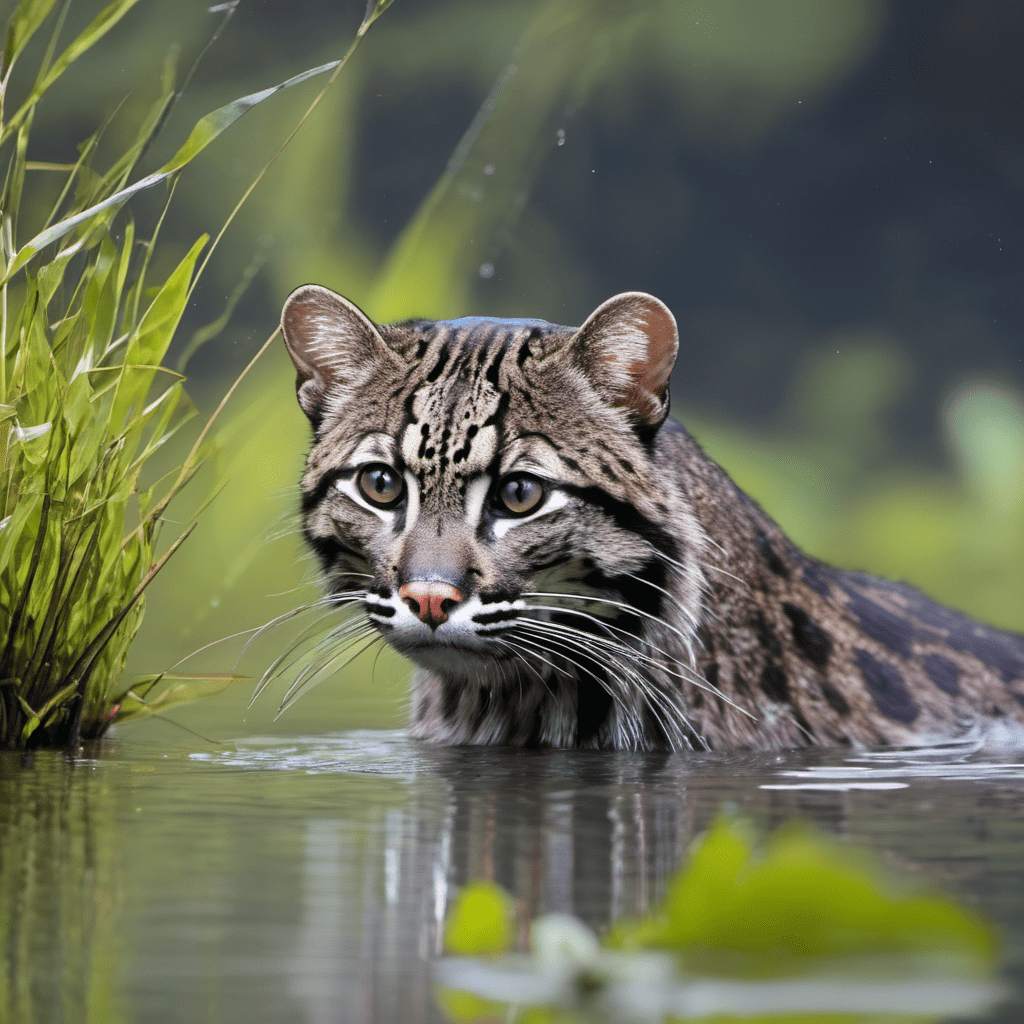
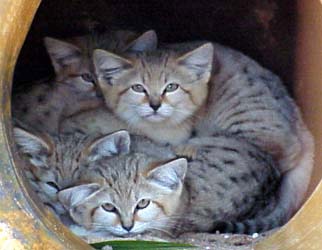
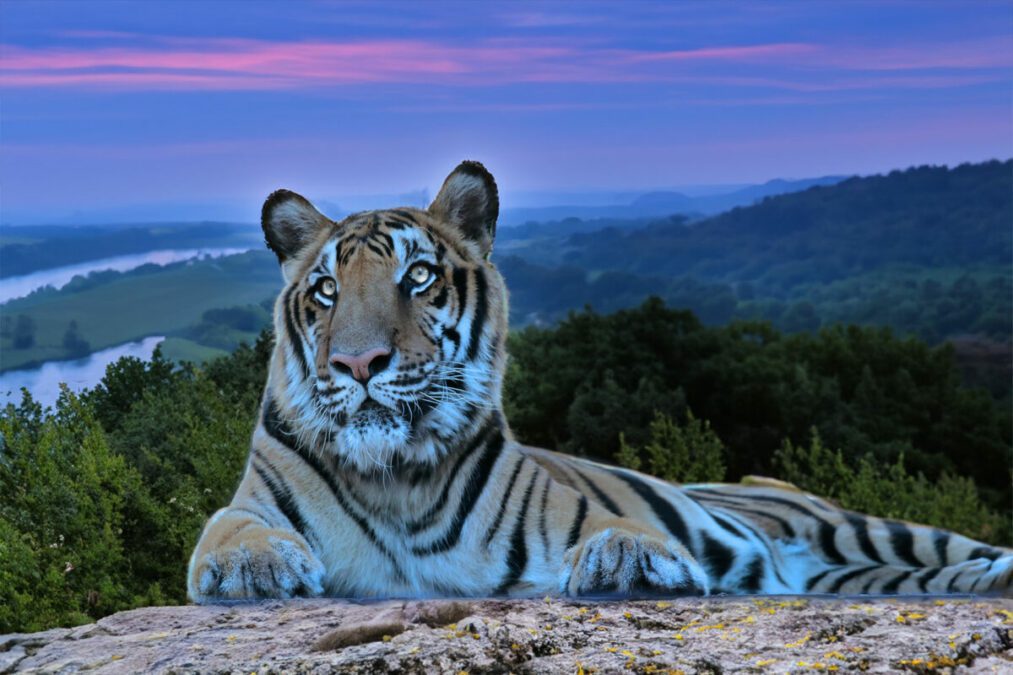
So precious!
I’d Love to join your group sign me up!
What a beautiful pussy cat. I didn't realise that there were so many small wild cats. I am working my way through all of the species that I have found. Thirty four at last count. Absolutely amazing.